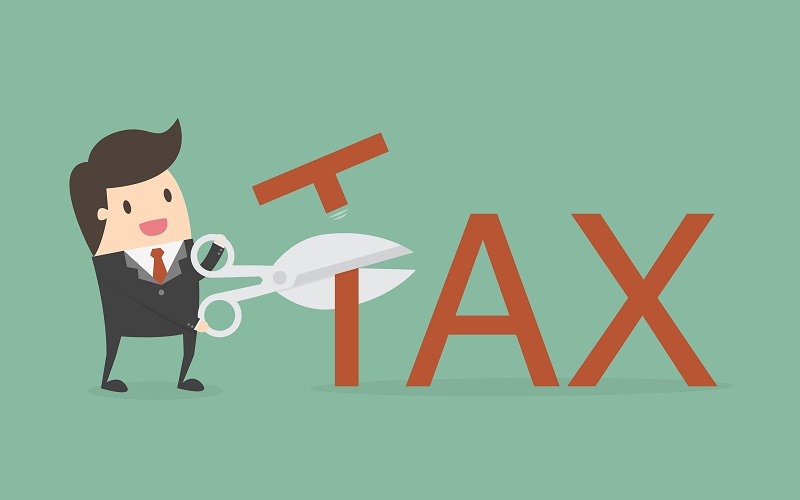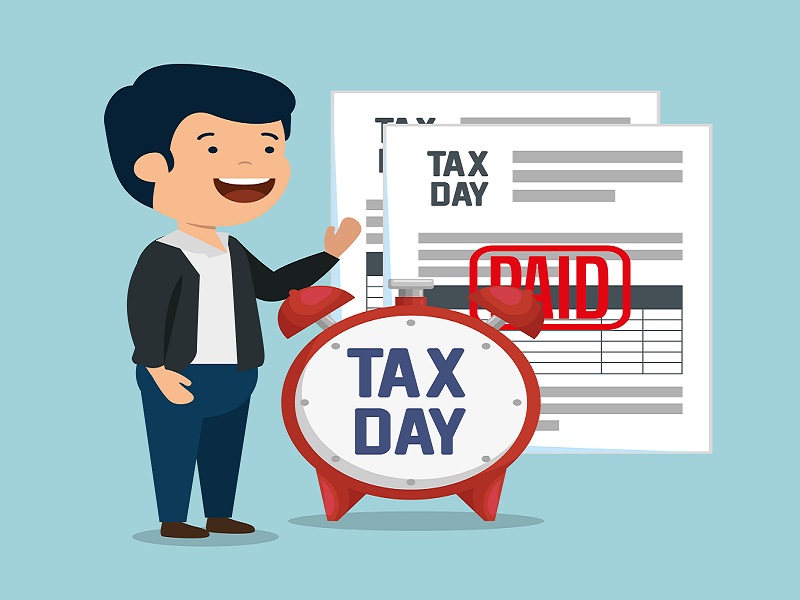The Buyt Desk
Salaried people need Form 16 from their employer to file Income tax. If you change jobs in a financial year you will have more than one form 16 from your employers.
For the financial year 2021-22, July 31, 2022, is the last date to file income tax returns (ITR). This is the current deadline and can be extended by the Government. This timeline is for individual taxpayers who do not need accounts auditing. All employers need to have their Form 16 from their employers by June 15, 2022. So that they will have a fortnight of time to file their taxes. The employer must also issue the TDS certificate if there is a tax deduction on salary during the financial year.
What is Form 16?
Form 16 is a kind of Income-tax form. It is a certificate that the employer provides which has details of the salary and TDS of the employee. It has 2 parts where the first part contains details of the employee and employerfile income including their PAN, TAN, name, address, TDS and more. The second part of Form 16 is the financial details including income, allowances, deductions, salary paid, taxable income, tax to be paid and more. This is information of a financial year and issued yearly by employers at least 15 days before the last date to file individual taxes.
When will one have more than one Form 16?
During the financial year, an individual may switch jobs and may switch to any number of companies. In such scenarios, an individual will have a form 16 each from every employer he or she has worked for. While filing an income tax return, individuals will need Form 16 from all employers as only with this the total TDS, total tax exemptions on HRA, LTA and total taxable income can be calculated.
How to file your ITR when you have more than one Form 16?
Now let us look into a step-by-step guide on how to file your ITR if you have more than one Form 16.
-
The first step would be to collect Form 16 from all employers you have worked with the previous financial year.
-
Then consolidate all forms to get the gross salary earned by you (add gross salary from each form 16) during that financial year.
-
Similarly calculate the amount of exemption that you can claim for your income like leave travel allowance (LTA), house rent allowance (HRA) etc.
-
Now calculate the total HRA, LTA etc by consolidating all form 16s. Use online calculators to know your claim eligibility.
-
Also, you are eligible for a standard deduction of Rs 50,000 from your salary income. If all form 16 mentions this, then you can consider it only and the rest will be taxable.
-
Next is to claim deductions under sections 80D, 80C etc.
-
Now you can arrive at total taxable income which is your salary minus deductions, interest earned and income from other sources. And if you have opted for a new tax regime, you will not be eligible for most of the tax exemptions and deductions.
-
The next step is to calculate the income tax liability.
-
Then consider TDS from all Form 16 to know the tax already paid. Cross-check the same with Form 26AS and AIS (annual information statement).
-
Now the final step is to calculate the tax payable based on the total taxable income, total TDS and the income tax slab.
What to do when you do not get Form 16 from all employers you worked with in the FY?
There is a possibility that you have received Form 16 from one of your employers and not from the rest. In such cases, you need to have salary slips from employers who have not given Form 16. For these salary slips, you need to derive all values as needed by the ITR form. You need to have a clear break up of salary. Now that you have values from all employers, you can calculate the total gross salary which is the summation of Form 16 and salary slip values. Now follow steps 3 to 10 as mentioned above. That means calculating total deductions, total exemptions, total income from other sources, total taxable income, tax liability, total TDS and finally tax payable.
What to do when you do not get Form 16 from any employer?
Irrespective of Form 16 received from the employer, an individual should file his/ her Income Tax Returns. When Form 16 is not available, the Salary slip will do the work. Break the salary from all salary slips to get different values. Now calculate the total gross salary, total income from other sources, total deductions, total exemptions, total taxable income, tax liability, total TDS and finally tax payable as discussed above. Do not forget to consider the income tax slab based on the income tax regime chosen. Also, make sure that the TDS reflected in your salary slips is the same as that in Form 26AS/AIS.







